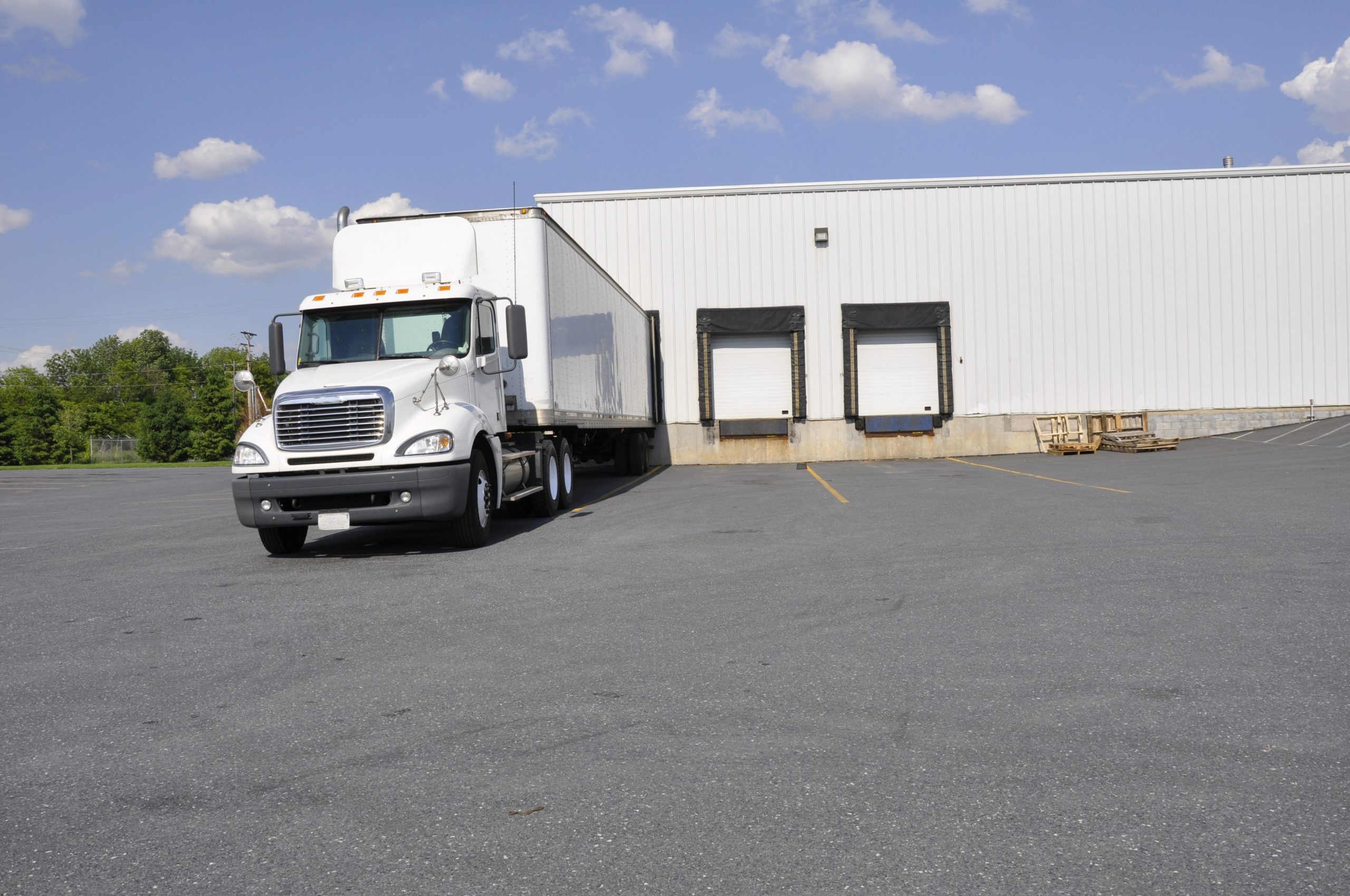Revolutionize Your Operations with Free TMS Software

The modern business landscape is fast-paced and ever-evolving. To stay competitive, companies must find innovative ways to optimize their operations. One tool that has been gaining popularity is Transportation Management System (TMS) software. In this article, we will explore the power of TMS software and how it can revolutionize your operations. Best of all, we’ll introduce you to free TMS software options available in the market.
Understanding the Power of TMS Software
In order to fully grasp the impact of TMS software, it’s important to understand what it is and how it works.
Transportation Management System (TMS) software has revolutionized the way businesses handle their logistics operations. It serves as a comprehensive technology solution that aids in the efficient management and optimization of transportation activities. By leveraging TMS software, organizations can enhance their supply chain processes, reduce costs, and improve overall operational efficiency.
What is TMS Software?
TMS software is a technology solution that helps businesses manage and streamline their transportation operations. It provides a centralized platform for planning, executing, and optimizing the movement of goods, whether by land, air, or sea. By automating and digitizing manual processes, TMS software enables businesses to operate more efficiently and effectively.
Furthermore, TMS software facilitates collaboration between various stakeholders in the supply chain, including shippers, carriers, and suppliers. This collaboration leads to increased visibility, transparency, and communication, ultimately resulting in smoother operations and better decision-making.
Key Features of TMS Software
TMS software offers a wide range of features that can transform the way you manage your logistics. These include:
- Real-time shipment tracking
- Route planning and optimization
- Freight rate management
- Carrier management
- Warehouse management integration
With these features at your disposal, you can gain full visibility and control over your supply chain, leading to improved customer satisfaction and cost savings.
Moreover, TMS software is equipped with advanced analytics and reporting capabilities that provide valuable insights into key performance metrics. By analyzing this data, businesses can identify trends, optimize processes, and make informed decisions to drive continuous improvement and growth.
The Impact of TMS Software on Business Operations
Now that we understand what TMS software is, let’s explore how it can revolutionize your business operations.
Streamlining Operations with TMS
One of the major benefits of TMS software is its ability to streamline operations. By automating manual processes such as order management, load planning, and carrier selection, TMS software eliminates the need for time-consuming and error-prone manual tasks. This not only saves time but also reduces the risk of human error, leading to smoother operations and improved customer service.
Furthermore, TMS software provides real-time visibility into the transportation process, allowing businesses to track shipments, monitor carrier performance, and proactively address any issues that may arise. This level of transparency enhances decision-making capabilities and enables businesses to respond quickly to changing market conditions.
Enhancing Efficiency and Productivity
With TMS software, you can optimize your transportation operations to achieve maximum efficiency and productivity. By leveraging advanced algorithms and optimization techniques, TMS software can help you consolidate shipments, optimize routes, and minimize empty miles. This not only reduces transportation costs but also improves asset utilization and environmental sustainability.
In addition, TMS software integrates with other business systems such as ERP and CRM, enabling seamless data sharing and collaboration across departments. This integration eliminates silos and improves communication, leading to better coordination and overall business performance.
The Financial Benefits of Free TMS Software
If you’re concerned about the cost of implementing TMS software, fear not! There are free TMS software options available that can deliver significant financial benefits.
When considering the financial benefits of free TMS software, it’s important to delve into the various ways in which such tools can positively impact your business operations. Beyond just the initial cost savings, free TMS software can revolutionize the way you manage your transportation and logistics processes, leading to long-term financial advantages.
Cost-Saving Aspects of TMS Software
Implementing TMS software can result in substantial cost savings for your business. By optimizing routes and reducing empty miles, you can minimize fuel consumption and transportation expenses. Additionally, TMS software enables better visibility and control over freight rates, allowing you to negotiate better carrier contracts and reduce shipping costs. These cost savings can quickly add up and contribute to your bottom line.
Moreover, free TMS software often comes with additional features that can further enhance your cost-saving efforts. From real-time tracking capabilities to advanced analytics tools, these added functionalities can help you make data-driven decisions that optimize your supply chain and drive down operational costs even further.
Return on Investment with TMS
While TMS software requires an initial investment, the return on investment (ROI) can be significant. The cost savings achieved through improved efficiency, reduced transportation expenses, and better carrier performance can outweigh the upfront costs of implementing TMS software. Furthermore, the time saved by automating manual processes can be redirected to more value-added tasks, resulting in increased productivity and revenue generation.
By leveraging free TMS software to streamline your transportation management processes, you not only stand to benefit from immediate cost savings but also position your business for long-term financial success. The ability to adapt to changing market conditions, optimize resource utilization, and enhance customer satisfaction can all contribute to a healthier bottom line and sustainable growth for your organization.
Choosing the Right TMS Software for Your Business
Now that you’re convinced of the benefits of TMS software, it’s essential to choose the right solution for your business.
Transportation Management System (TMS) software plays a crucial role in streamlining logistics operations, optimizing transportation costs, and enhancing overall supply chain efficiency. By selecting the most suitable TMS software for your business, you can unlock a plethora of benefits, including improved visibility, better decision-making capabilities, and increased customer satisfaction.
Evaluating Your Business Needs
Start by assessing your current transportation operations and identifying the pain points and areas for improvement. Consider factors such as the volume and complexity of your shipments, the number of carriers you work with, and the integration requirements with other systems or software. This evaluation will help you prioritize the features and functionalities you need from your TMS software.
Furthermore, delve into your future business goals and growth projections to ensure that the TMS software you choose can scale alongside your organization. Anticipating future needs and aligning them with the capabilities of the software is essential for long-term success and return on investment.
Comparing Different TMS Software Options
Next, research and compare different TMS software options available in the market. Look for user-friendly interfaces, scalability, and the ability to customize the software to your specific needs. Also, consider factors such as customer support, implementation timeline, and compatibility with your existing IT infrastructure. Take advantage of free trials and demos to ensure the software meets your requirements before making a decision.
Additionally, seek feedback from industry peers, attend trade shows or webinars, and consult with TMS software experts to gain insights into the latest trends and innovations in the transportation management software landscape. Staying informed about emerging technologies and best practices can help you make an informed decision that aligns with your business objectives and sets you up for success in the dynamic logistics industry.
Implementing TMS Software in Your Operations
Once you’ve selected the right TMS software for your business, it’s time to implement it into your operations.
Implementing TMS software is a crucial step towards optimizing your logistics operations and streamlining your supply chain. With the right software in place, you can gain real-time visibility into your shipments, automate manual processes, and improve overall efficiency. However, successful integration of TMS software requires careful planning and execution.
Steps to Successful TMS Software Integration
Successful integration of TMS software requires a strategic approach. Start by aligning key stakeholders and creating a project team responsible for the implementation. This team should consist of individuals from different departments, such as logistics, IT, and operations, to ensure a holistic approach.
Once the project team is established, it’s important to define clear goals and objectives for the implementation. What specific challenges are you looking to address with the TMS software? Are you aiming to reduce transportation costs, improve delivery times, or enhance customer satisfaction? By clearly defining your goals, you can align your implementation strategy accordingly.
Next, establish a timeline for the implementation process. This timeline should include key milestones and deadlines to ensure that the project stays on track. It’s important to allocate sufficient time for testing and training to ensure a smooth transition.
Speaking of training, providing sufficient training for your employees is crucial for successful TMS software integration. Your employees need to understand how to use the software effectively and how it will impact their day-to-day tasks. Consider organizing training sessions or workshops to familiarize your team with the new system.
Collaboration with your software provider is also essential during the implementation process. They can provide guidance and support, helping you navigate any challenges that may arise. By maintaining open lines of communication, you can address any technical difficulties or data migration issues promptly, ensuring a seamless integration.
Overcoming Implementation Challenges
While implementing TMS software can bring numerous benefits, it’s essential to be prepared for potential challenges that may arise during the process.
One common challenge is resistance to change. Introducing new software can disrupt established workflows and routines, leading to resistance from employees. To overcome this challenge, it’s important to communicate the benefits of the TMS software and involve employees in the implementation process. By addressing their concerns and providing training and support, you can help them embrace the change and see the value it brings.
Data migration issues can also pose a challenge during TMS software integration. Ensuring that your data is accurately transferred from your existing systems to the new software is crucial for a smooth transition. It’s important to work closely with your software provider to develop a data migration plan and conduct thorough testing to minimize any potential data discrepancies.
Technical difficulties can also arise during the integration process. It’s important to have a dedicated IT team or external support available to address any technical issues promptly. Regular communication with your software provider can help identify and resolve any technical challenges, ensuring a successful implementation.
As you embark on your journey to revolutionize your operations with free TMS software, keep in mind that this tool is not a magic potion for all your logistics challenges. It requires proper evaluation, implementation, and ongoing management to make the most of its potential. However, with the right TMS software and a strategic approach, you can optimize your operations, reduce costs, and stay ahead of the competition in today’s dynamic business environment.
So, why wait? Start exploring the world of free TMS software and unlock the power to revolutionize your operations today!
Ready to Transform Your Transportation Management?
Discover how Uniq TMS can streamline your logistics operations, enhance efficiency, and boost your bottom line. Click here to learn more and explore our innovative solutions designed to meet your unique transportation needs.

